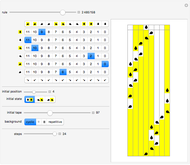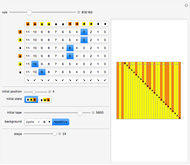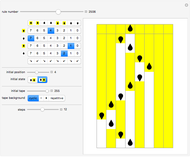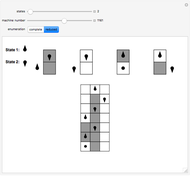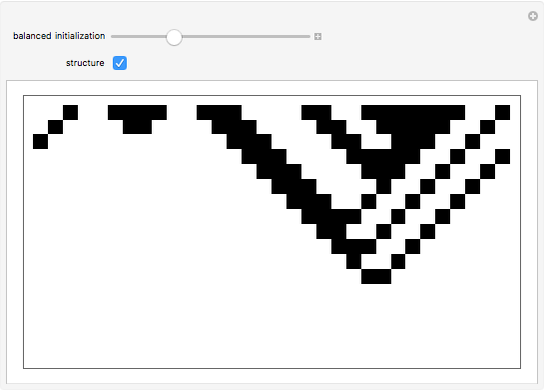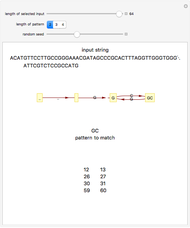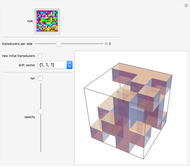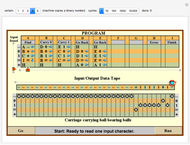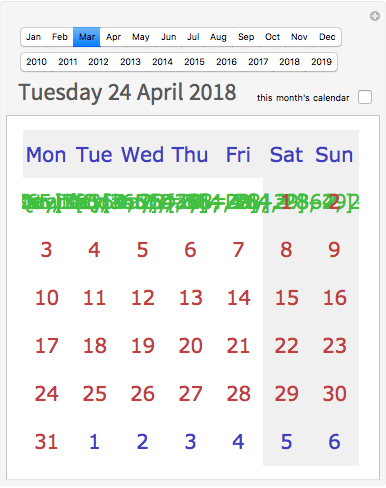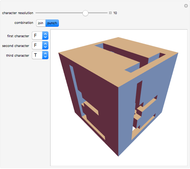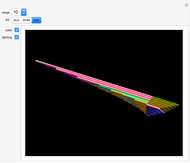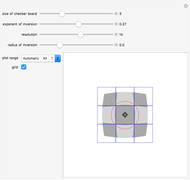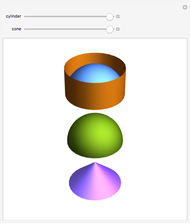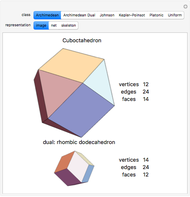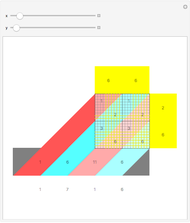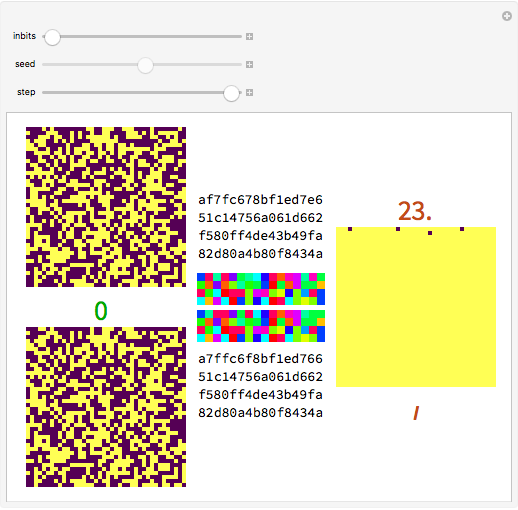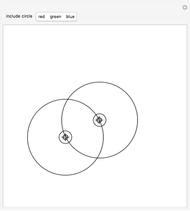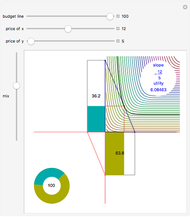Direct Rule Control for 3,3 Turing Machines

Requires a Wolfram Notebook System
Interact on desktop, mobile and cloud with the free Wolfram Player or other Wolfram Language products.
Turing machines are simple models of a computing machine invented by Alan Turing. They consist of a head that switches between states while reading from and writing on a tape. The symbols read or written are called colors. An additional symbol that cannot be read or written is called blank and marks the limits of the tape. Generalizations of such machines can have multiple heads or tapes.
[more]
Contributed by: Michael Schreiber (March 2011)
Open content licensed under CC BY-NC-SA
Snapshots
Details
detailSectionParagraphPermanent Citation
"Direct Rule Control for 3,3 Turing Machines"
http://demonstrations.wolfram.com/DirectRuleControlFor33TuringMachines/
Wolfram Demonstrations Project
Published: March 7 2011






